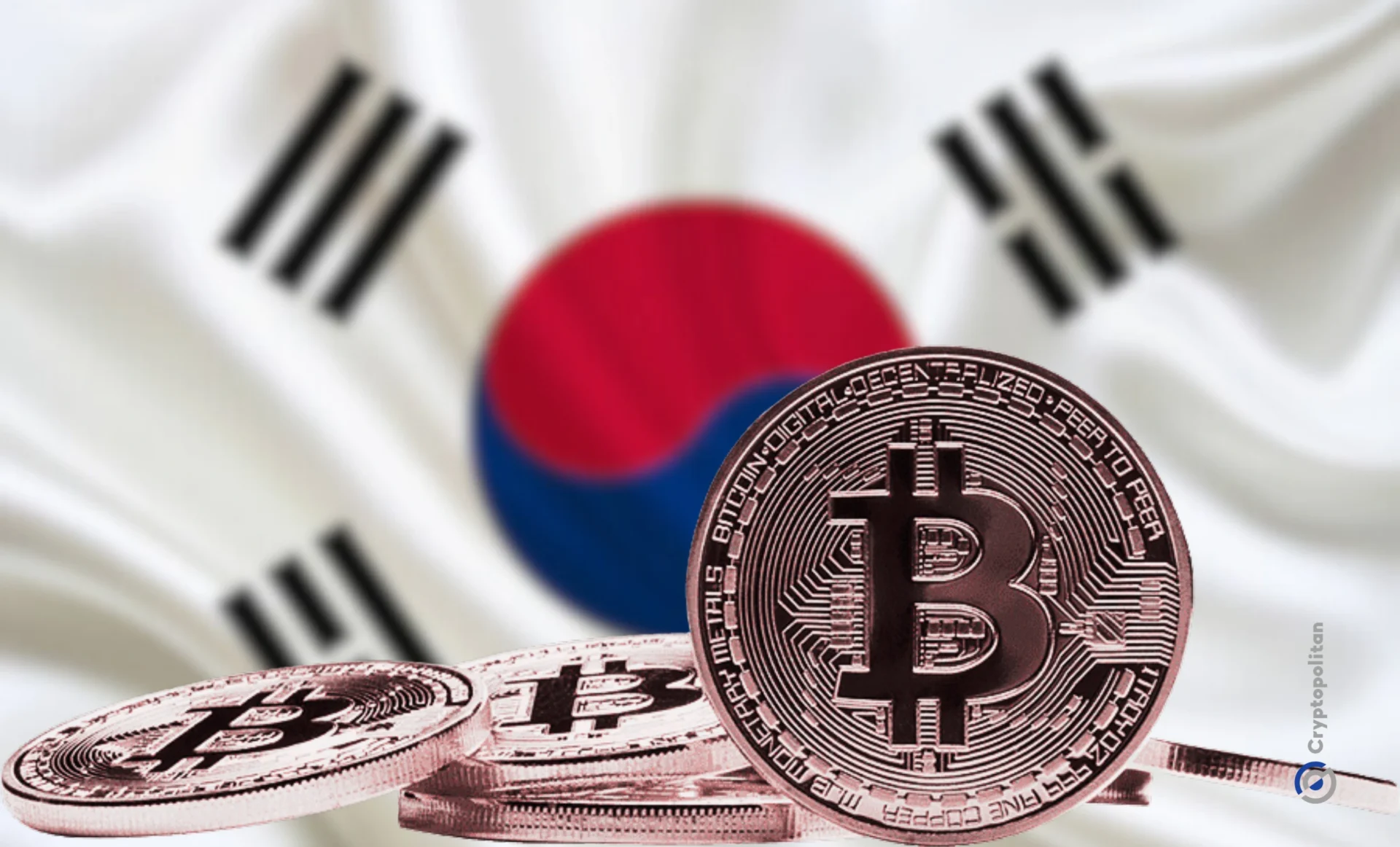The South Korean government will enforce new regulations on dollar-pegged stablecoins, focusing on involved cross-border transactions. The country’s Ministry of Strategy and Finance revealed it will re-examine strategies to ensure the reliability of cross-border digital asset transfers for stablecoins.
South Korea prioritizes cross-border transactions for stablecoins in new regulatory changes
South Korea has expressed interest in applying foreign exchange regulations on dollar-pegged stablecoins. The Ministry of Strategy and Finance justified its emphasis on stablecoin regulatory reforms, noting that the assets facilitate cross-border transactions and global transfers, potentially necessitating specific guidelines.
The country’s regulator, the Financial Services Commission, plans to give stablecoins precedence in the second legislative stage of the country’s Virtual Asset User Protection Act. The commission also intends to engage with other overseas regulators. They pointed to Japan’s government and the European Union, in their list of possible consultations. However, the agency did not give any detailed timelines for these consultations.
The commission said:
We plan to consult with relevant ministries by referring to legislative cases in Japan, the European Union (EU), etc.
Financial Services Commission
The new stablecoin reforms will start with new legal tokens tied to the South Korean Won.
South Korea introduced a $220,000 supervisory fee on domestic crypto exchanges
In August, South Korea enforced the Virtual Asset User Protection Act, requiring crypto exchanges like Upbit, Bithumb, and Coinone to pay a supervisory fee based on operating revenue.
The Financial Services Commission (FSC) also revealed that, per the new act, virtual asset operators will start paying their supervisory fees on January 1st, 2025. These operators’ fees will depend on their operating incomes from the previous fiscal year.
The new act also requires crypto exchanges to maintain at least 80% of users’ assets in cold storage, kept separately from the exchange’s fund. The assets should also be invested in ‘risk-free’ assets. Moreover, the exchanges will review their listed assets, examining their circulation and whitepapers. The exchanges will also have to delist assets that fail to meet the provided criteria.











